So, you have decided to buy indoor plants for your home to beautify your living space, but are feeling overwhelmed at the prospect of having to take care of your plants? Look no further, because we have compiled all the things you need to be fully prepared for tending to your houseplants. Gardening has amazing benefits like boosting the immune system; however, with increasingly limited backyard spaces, indoor gardening is a preferable option. Apart from serving as a great home décor, it can reduce stress and improve the air quality of your home.
Let us look at the factors you need to know to begin your gardening journey.
Variety of plant
Evaluation of the right plant variety suited for you would include the type of garden you want to grow, the light and temperature requirements of the plant, amount of time you want to invest in its care. You should also check if the plant has any special needs for humidity, space, or disease control. Peace lilies, ZZ plant, Philodendrons, and Strelitzia are some low maintenance indoor plants which can be a good place to start.
The right container and soil
It is important to pick a soil mix meant for indoor plants specifically, which should be loose and drain well. Allow for draining excess water by picking containers with holes at the bottom. You can easily find plastic flower pots online and evaluate your options. Keeping these factors in mind will hold back your plant to sit in drenched soil and balance nutrients.
Temperature and climate
Humidity and adequate temperatures can be a challenge in extreme climates. One benefit of indoor gardening is the ability to control this variable as per the requirement of your plant. Most indoor plants can be maintained between the range of 60-800F depending on day/night. You can check the humidity levels by the colors of the leaves- brown leaves indicate low humidity.
Space and light
The best plants to invest in require normal light and minimal space requirements. Natural lighting such as by the window side can suffice for beginners, while for some plants, artificial light sources might be required. A grow stand with lights can be a good option as sunlight might be less adequate especially during winters, additionally you can save on space.
Watering
Indoor plants grown in containers can dry out more quickly than plants growing in the open soil. Hence, check for signs of wilting and tipping. Use room temperature water and allow the excess water to drain off through the container holes, thus avoiding overwatering.
Nutrients
To ensure a steady supply of nutrients, you should re-pot your soil every now and then. Some plants might also require a fertilizer as most nutrients are leached out during watering. Taking care of your beloved indoor garden can be fun and relaxing at the same time. Keeping these points in mind will ensure you can see them bloom and add joy to your home.

